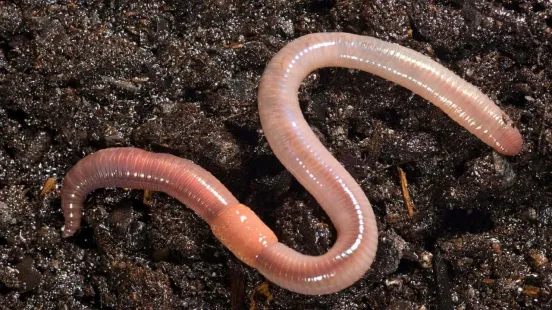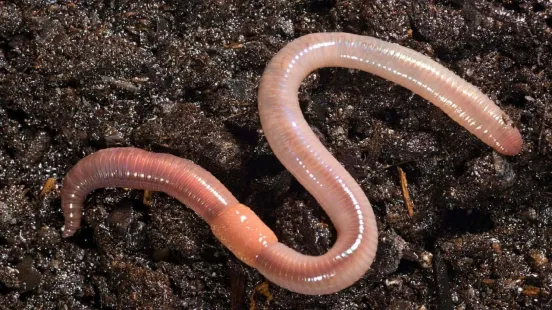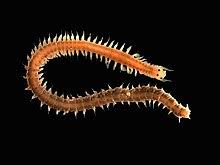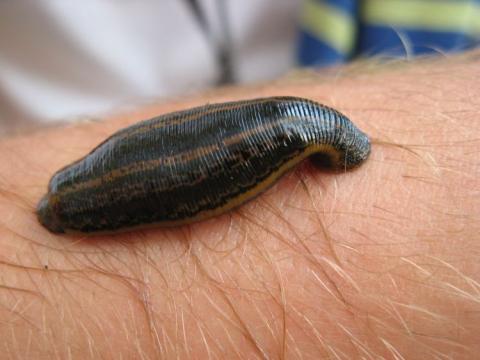Bio Exam 2 PHYLUM: Annelida
1/11
There's no tags or description
Looks like no tags are added yet.
Name | Mastery | Learn | Test | Matching | Spaced |
|---|
No study sessions yet.
12 Terms

Phylum annelida
“Segmented worms” (metamerism)
Paired Setae (bristles)
Cephalization
Hydrostatic skeleton
Metamerism
Segmented internally and externally
Annelid movement
Inching, digging, swimming
Hydrostatic skeleton (no muscles)
Peristalsis
Setae prevent backsliding
Peristalsis
The wave-like contraction of a worm

Class Oligochaeta
Earthworms and freshwater worms
Clitellum forms egg sac
Mostly spread by humans
Alter soil properties and nutrient availability in forests

Class Polychaeta
Marine worms
Parapodia and setae function in locomotion and respiration
Symbiotic feeding

Class Hirudinea
Leeches
All carnivorous , some parasites
Suckers used for feeding and movement
mostly aquatic, some terrestrial
can be used for medicinal purposes
Clitellum (Oligochaeta and Hirudinea)
Glandular section of the body wall that secretes a viscid sac in which the eggs are deposited.
Setae (Oligochaeta and Polychaeta)
Bristles that help in locomotion and feeding
Parapodia
Fleshy appendages for breathing and moving
How are earthworms important to soil
Increased nutrient content in soil
Remove metals from soils
How are invasive earthworms destructive to some ecosystems
The change in soil concentration and decomposition speed can disrupt natural process of environments not apt to deal with it.